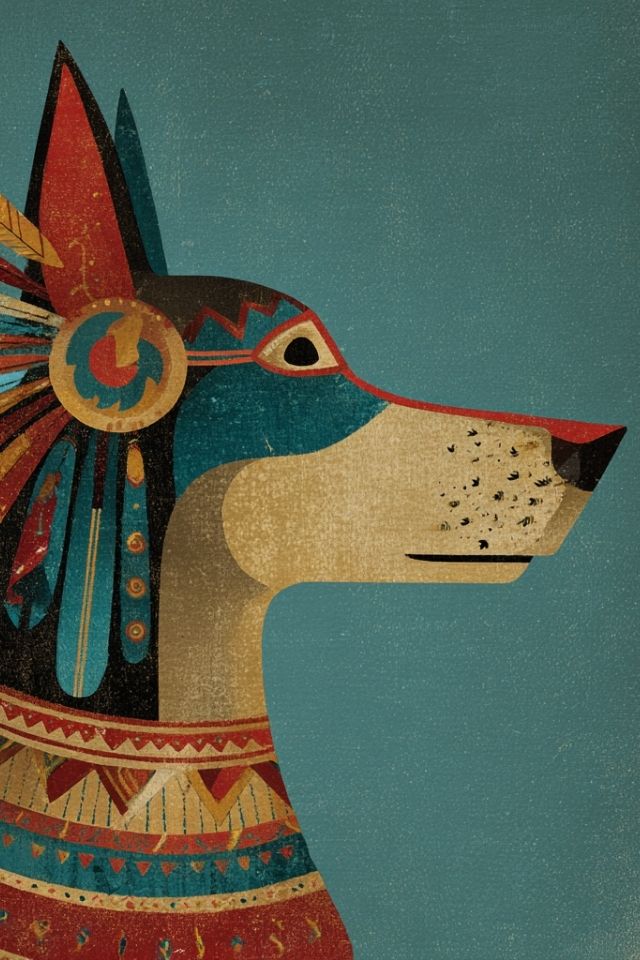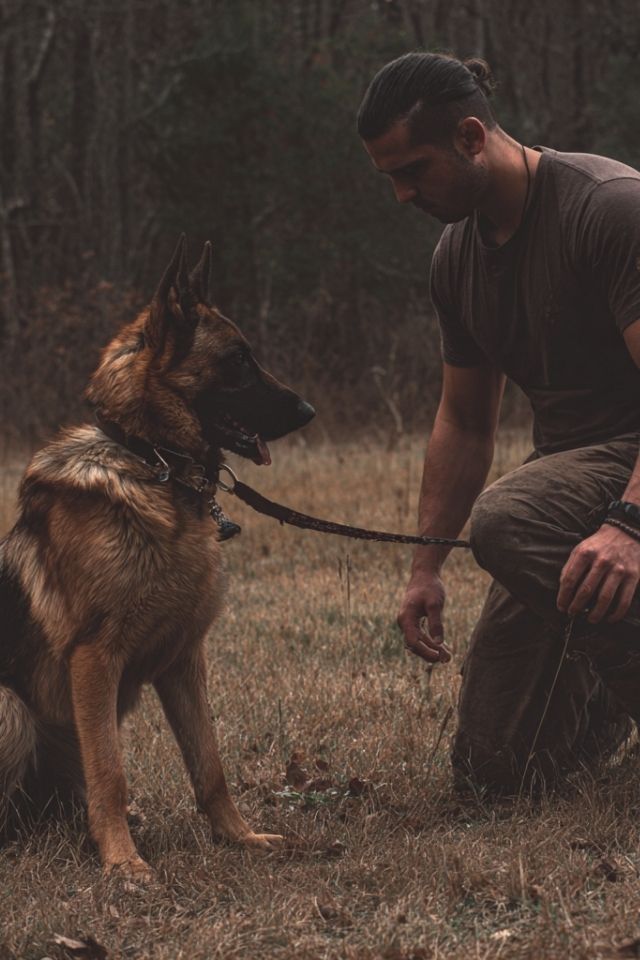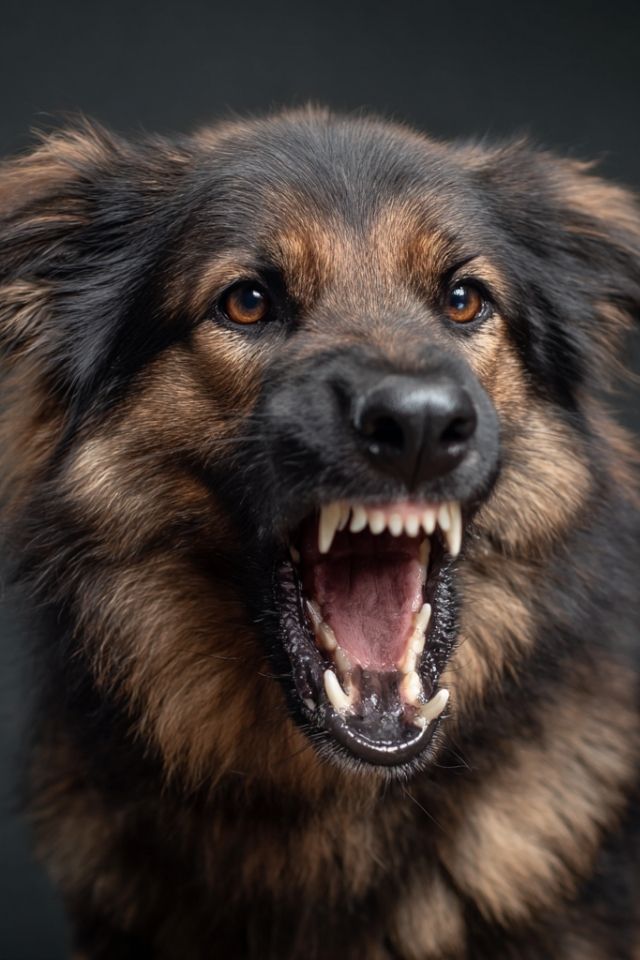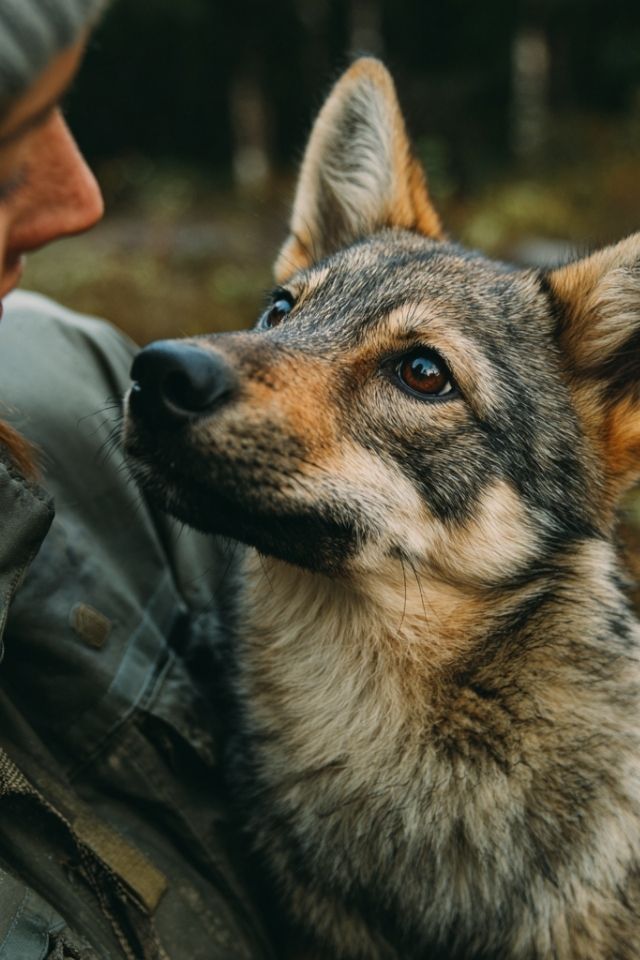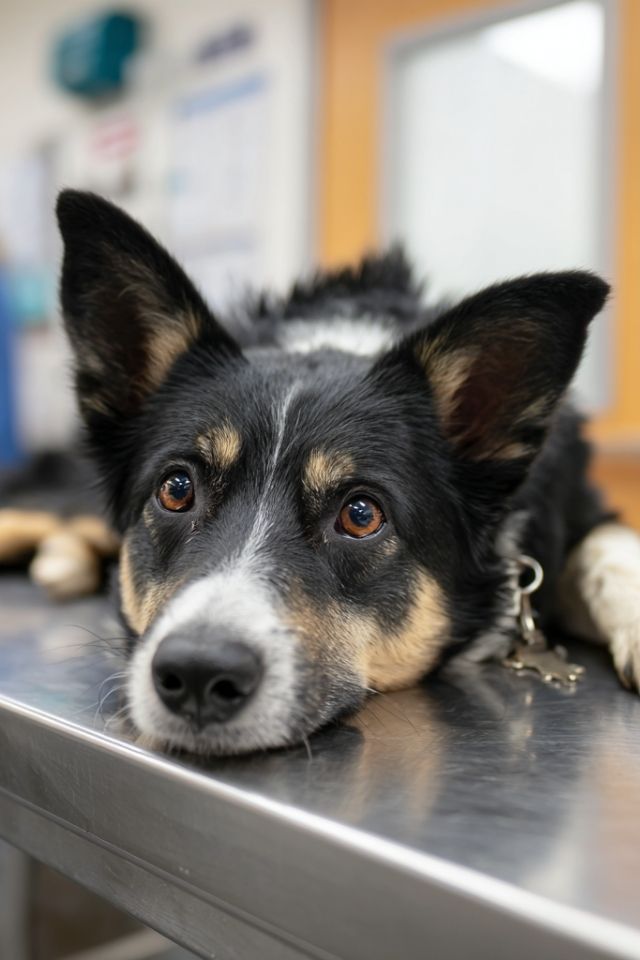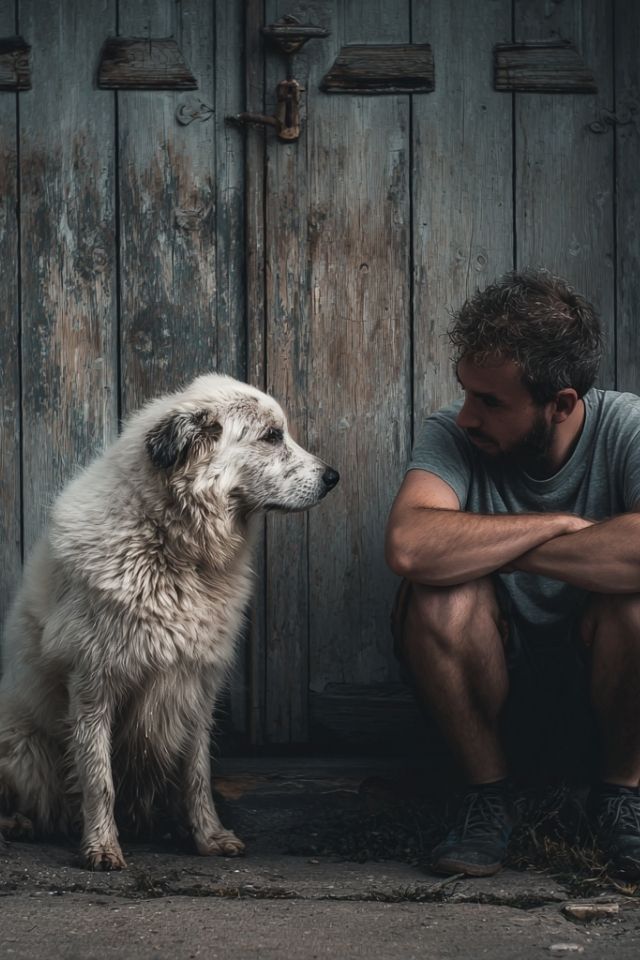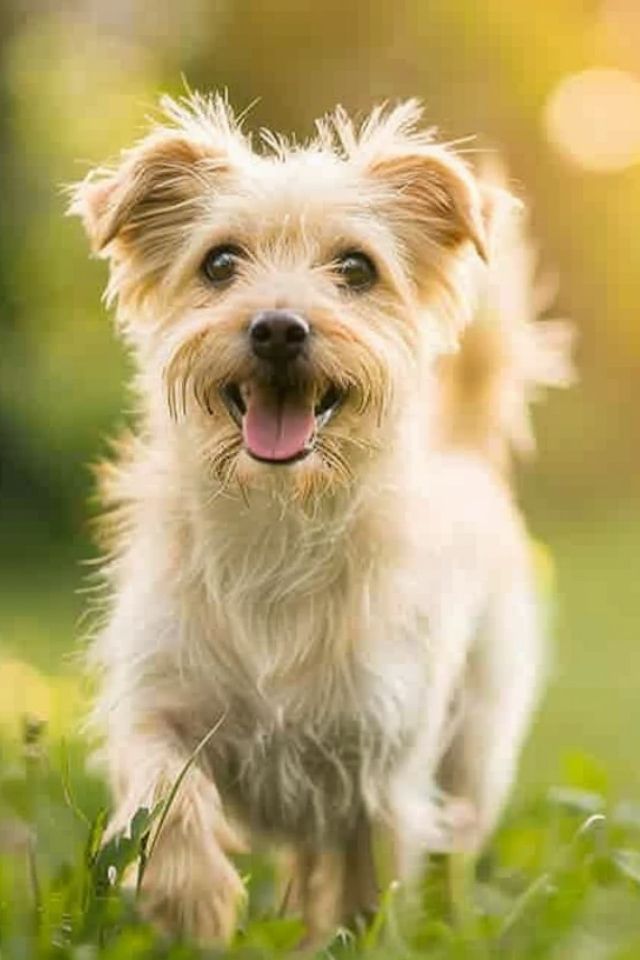A Morning Discovery
Picture this: It’s 6:47 AM, and morning light filters through your kitchen window. Your dog watches as you reach for their food bowl—the same ritual, the same ceramic clink against the counter. But today, something shifts. Instead of pouring kibble into that familiar circle, you pause. You look into those expectant eyes and see not just hunger, but a mind waiting to engage, a soul ready to connect through something deeper than routine.
This is where the journey begins—in that suspended moment between the old way and the new, between feeding and nourishing, between existing together and truly being together. What if every piece of kibble became a treasure to discover? What if each morning meal transformed into a conversation between your hand and their seeking nose, your intention and their intelligence?
Welcome to the world where neuroscience meets the ancient wisdom of the human-dog bond—what we call the NeuroBond. It’s a place where every shared moment holds the potential to strengthen not just your dog’s cognitive pathways, but the invisible threads that connect your two species across millennia of companionship.
Reading the Unspoken Language
In the quiet of your living room, two dogs tell different stories without uttering a sound.
The first—let’s call her Luna—settles into her bed with a deep, satisfied exhale after working through a puzzle feeder. Her eyes are soft, her breathing rhythmic. She’s found what trainers clinically call “cognitive satisfaction,” but what looks more like contentment itself. When the doorbell rings unexpectedly, she lifts her head, assesses, then returns to rest. Her mind, exercised and fulfilled, doesn’t need to react to every stimulus. She trusts the world because she understands her place in it.
The second dog—we’ll name him Max—paces despite the long morning walk. His eyes dart from window to door to you, seeking something he cannot name. The barking starts at a leaf’s movement outside. The chewing begins when you turn your attention to work. His brilliant mind, evolved for problem-solving and decision-making, spins like a wheel without traction. This isn’t misbehavior; it’s a conversation in desperate need of vocabulary.
These two dogs live in identical houses, eat the same premium food, receive the same veterinary care. The difference? Luna’s humans discovered that her brain needed feeding as much as her body. They learned to read the signs:
- The deep sleep that follows mental work—not the restless exhaustion after only physical exercise
- The focused attention that comes from a satisfied mind rather than a demanding one
- The resilience that builds when challenges are met and conquered daily
- The joy—yes, actual joy—in her approach to new situations, expecting puzzles rather than threats
- The quieting of anxiety as her mind finds purpose in each day’s small adventures
Max’s humans love him deeply, but they haven’t yet learned his cognitive language. They see his restlessness as energy, his destruction as defiance, his brilliance as burden.
The Transformation of the Ordinary
When Breakfast Becomes a Quest
Remember the last time you solved a problem that had been nagging at you? That moment of “aha!” when pieces clicked together? Your dog’s brain craves these moments with the same intensity yours does.
Sarah discovered this truth one desperate Tuesday. Her Border Collie, Atlas, had destroyed his third dog bed that month despite two hours at the dog park that morning. In frustration that felt like defeat, she threw his dinner kibble across the backyard—not in anger, but in exhaustion.
Then she watched.
Atlas’s entire demeanor shifted. His nose dropped to the ground. His tail, moments before tucked in anticipation of scolding, began its working wag—that focused metronome of the seeking mind. For twenty minutes, he hunted each piece of kibble with the intensity his ancestors reserved for herding sheep across Scottish highlands. When finished, he came to Sarah and—for the first time in weeks—laid his head in her lap with that profound exhale of satisfaction.
Without knowing it, Sarah had activated what neuroscientists call the “seeking system”—an ancient circuit that floods the brain with dopamine not just when finding reward, but during the search itself. She’d given Atlas’s brilliant herding brain what it desperately needed: a problem to solve, a pattern to complete, a purpose to fulfill.
From that evening forward, their mealtime ritual evolved. Week by week, the challenges grew:
- Scattered feeding became hide-and-seek with portions
- Toilet paper rolls became puzzle containers
- A muffin tin with tennis balls became Atlas’s favorite “restaurant”
- Family members became co-conspirators in elaborate dinner treasure hunts
This wasn’t training. It was translation—finally speaking Atlas’s cognitive language.
The Walk That Becomes a Journey
Every morning, David and his Beagle, Rosie, walked the same loop: left at the mailbox, around the pond, past the yellow house, home. Forty-five minutes of Rosie pulling toward invisible goals while David checked his phone, both bodies moving through space but minds elsewhere.
Then David learned about the Invisible Leash—not a tool, but a philosophy. The connection between human and dog that transcends physical restraint, built through mutual exploration and shared discovery.
He started with what seemed like a small rebellion against efficiency: he let Rosie stop. Really stop. Not the frustrated pause while she pulled toward a smell, but a full, supported investigation. He watched her nose work—the delicate flares of her nostrils reading stories he’d never know. That fire hydrant wasn’t just a landmark; it was a newspaper of neighborhood news, a social media feed of scent, a puzzle requiring discrimination and memory to decode.
The transformation was gradual but profound. David began varying their route—not dramatically, but thoughtfully. Monday’s walk included the alley behind the bakery (oh, the stories told in those scents!). Wednesday featured what they came to call “the choice point,” where Rosie decided left or right at the oak tree. Friday became “tracking day,” where David would walk ahead and hide, letting Rosie use her phenomenal hound nose to find him.
These weren’t just walks anymore. They were what indigenous trackers might recognize as “reading the land”—Rosie teaching David to see their neighborhood through scent and sound while David provided the safety and structure for exploration. Their morning ritual became a dance of investigation and trust, each learning the other’s language of curiosity.
The Architecture of Connection
Creating Sacred Spaces
Your home holds hidden potential in every corner. Not for renovation, but for recognition—seeing familiar spaces through your dog’s cognitive needs.
Consider Jennifer’s transformation of her apartment for her anxious Maltese, Pearl. Instead of one safe bed, she created what she called “Pearl’s Pearls”—cognitive zones throughout their small space:
The Morning Nook: Where breakfast became a snuffle mat adventure, associating dawn with gentle seeking rather than anxious anticipation.
The Window Wisdom: A perch where Pearl learned to watch the world without reacting, receiving tiny rewards for calm observation—building what Jennifer called “thoughtful vigilance.”
The Twilight Corner: Where evening puzzles lived, their difficulty adjusted to Pearl’s energy, teaching that nightfall meant problem-solving, not panic.
Each space held its own ritual, its own level of challenge, its own conversation between Jennifer’s love and Pearl’s needs. The apartment didn’t change size, but it grew in dimension—each zone a different chapter in Pearl’s cognitive story.
When Crisis Becomes Curriculum
Life doesn’t always follow our careful plans. Sometimes enrichment must adapt to emergency.
When Marcus’s German Shepherd, Odin, returned from ACL surgery, the veterinarian’s orders were clear: six weeks of restricted movement. For a dog whose joy lived in running, whose purpose breathed through motion, this felt like a prison sentence.
But Marcus remembered something his grandmother once said about her recovery from illness: “When the body must rest, the mind must travel.” He transformed Odin’s recovery into what he called “The Great Indoor Expedition.”
Flat on his recovery bed, Odin learned to find treats hidden in increasingly complex blanket folds—his nose doing what his legs couldn’t. Marcus created “scent stories,” laying trails of different smells that Odin could follow with just his nose, each scent a chapter in an olfactory novel. They practiced what Marcus called “whisper commands”—subtle verbal cues that required intense concentration rather than physical response.
Six weeks later, when Odin was cleared for activity, something had shifted. The dog who once needed miles of running now found equal satisfaction in mental challenges. His Soul Recall—that profound connection to his human that transcends physical proximity—had deepened through their shared journey of limitation transformed into opportunity.
The Science of the Soul
Behind every moment of enrichment, a symphony plays in your dog’s brain. When Luna works through her morning puzzle, neurons fire in patterns that literally reshape her brain’s architecture. Each success strengthens pathways between memory and reward, between problem and solution, between frustration and breakthrough.
This isn’t mystical—it’s measurable. Dogs engaging in daily cognitive challenges show 50% slower cognitive decline than their under-stimulated peers. The hippocampus—that seahorse-shaped sculptor of memory—actually grows denser with regular mental engagement. Stress hormones that once flooded Max’s system during his anxious pacing? They regulate and calm when the mind finds purpose.
But beyond the science lies something deeper: the recognition that our dogs’ minds mirror our own in their need for meaning. They don’t just want food; they want to seek. They don’t just need walks; they crave exploration. They don’t just desire our presence; they yearn for our engagement.
Your Invitation to Begin
Tomorrow morning, when you reach for that food bowl, pause. Look into those waiting eyes and see the invitation there—not just to feed, but to nourish. Not just to exercise, but to explore. Not just to train, but to translate.
Start small. Scatter breakfast across your kitchen floor and watch ancient seeking instincts awaken. Add one two-minute sniff investigation to your walk and observe how your dog’s entire demeanor shifts from pulled to purposeful. Hide three treats tonight and witness the joy of discovery light up those eyes you love.
This isn’t about perfection. It’s about recognition—seeing your dog’s brilliant mind waiting behind those patient eyes. It’s about transformation—watching anxiety melt into engagement, boredom bloom into purpose, routine transcend into ritual.
The NeuroBond awaits. It lives in every puzzle solved together, every scent investigated side by side, every moment when you choose to see your dog not as a pet to be managed but as a mind to be met, a soul to be seen, an ancient partnership to be honored through the simple act of enriching the ordinary.
Your dog’s cognitive journey doesn’t require equipment or expertise. It requires only your recognition that every moment you share holds the seed of something deeper—a conversation between two species who have chosen, across thousands of years, to think together, seek together, and find meaning in the beautiful complexity of a life shared.
Welcome to the enriched life. Welcome home. 🐾
In every seeking nose, a scholar. In every puzzle solved, a partnership. In every enriched moment, the ancient bond between human and dog grows stronger, one thoughtful breath at a time.
